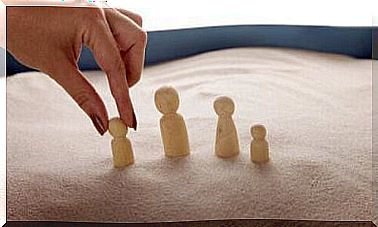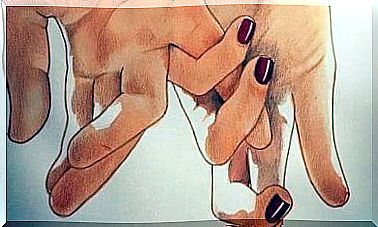Benefits Of A 10-Day Silence Retreat
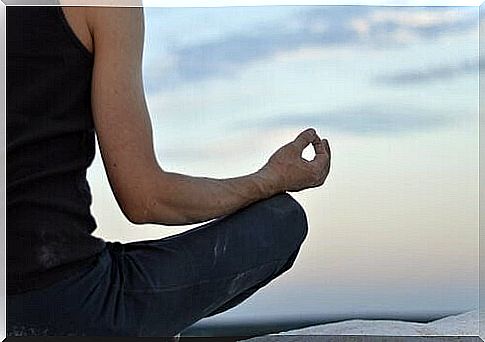
I could write dozens of articles about the benefits of a 10-day silent retreat. You could spend hours and hours talking about what a spiritual retreat provides. So many things could be said… but I’ll just say a few.
I’ll show you those that can be shared, because the vast majority are personal and individual. These are experiences so profound that, no matter how many words we use, they are impossible to convey. In addition to the impossibility of transmission through oral or written means, they belong to the internal sphere, the private sphere.
When I did my first 7-day retreat two years ago, one of the first impulses on leaving was to talk about the experience. At that moment I realized that not everyone is prepared to understand what, for some, can be a transformative experience. Since then, I don’t talk about it much unless asked, or I do it very superficially.
In fact, when I left my last retreat, one of the first things I was asked was: “Ten days without talking to anyone and without using a cell phone?”, “Yes” , I replied, “How strange you are” , I was answered.
What is a retreat?
A retreat is basically a retreat from life. That said, it sounds a little grim, but let’s explain it better.
On a daily basis, we face situations that provoke anger, as well as people that irritate us. We face events that make us sad. In short, we must face, more or less continuously, situations that create discomfort. On the other hand, we are also victims of addictions that, at a severe extreme, could be classified as addictions.
Therefore, a retreat is to temporarily get away from what causes us so much discomfort in order to learn to be with ourselves. This is done with the help of the teachings of a highly qualified teacher, who guides and sets out some guidelines to be followed.
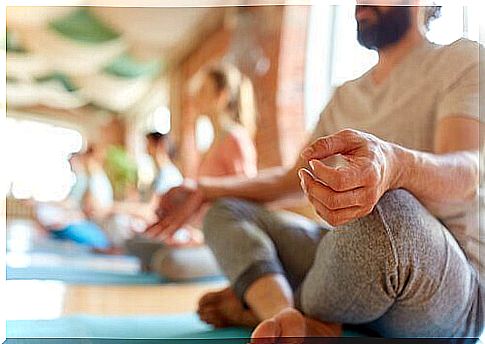
the first moments
Being my third retreat, I already had some experience, but the first moments are always different. Also, this retreat consisted at the end of the course to be an instructor in Buddhist meditation, so I felt a great responsibility.
Between one retreat and another, life continued and we continued to accumulate experience. As you walk through the door of the retreat center you know that, despite being accompanied by other participants, you will be left alone with your mind. No cell phone, no computer, no Internet, no contact with the outside world.
In our daily lives, we constantly avoid our most uncomfortable thoughts. We don’t tolerate thinking about what causes us pain and that’s why we always resort to cell phones or any other activity to distract ourselves. In a retreat you are alone in the face of danger: your mind and your thoughts.
Meditation and thoughts in a silent retreat
Meditation
As an end-of-course Tibetan Meditation Instructor Silence Retreat, we meditated between 5 and 6 times a day as a practice, in addition to the individual meditations we each wanted to do. We also received teachings. This was our only auditory stimulus, the teacher’s words a few hours a day. For the rest, silence.
As you meditate, you become aware of the amount of thoughts that sometimes run through your mind. Thoughts that you thought were out of date and more current ones. Some remain in your mind like a dagger in the back.
You sit cross-legged, breathe deeply and slowly, and let the thought pass, watching it without judgment. However, when the meditation ends, it comes back again.
Thoughts
The thoughts that we seemed to have under control begin to emerge, appearing like lava from a volcano completely out of control. The tip of a thought appears and, in everyday life, we hide it.
In the retreat, not only the tip of the iceberg appears, but all the ice starts to emerge and, little by little, you see its size: huge! You realize that many thoughts are like the iceberg that sank the Titanic: outwardly you believe they don’t affect you as much, but covertly they are hurting your inside in such a way that, gradually, your emotional health, your spirits, your self-esteem are sinking… Congratulations, you are starting to face your own demons!
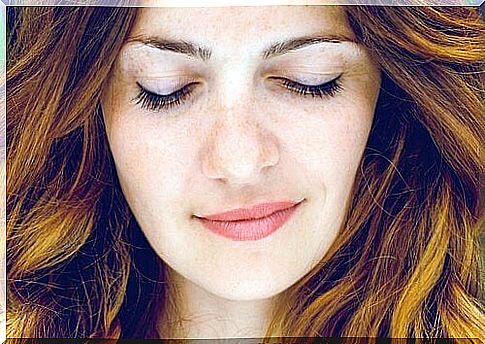
It is not uncommon for participants to have anxiety attacks, tremors, sweating, want to cry, palpitations, hyperventilation, etc. These symptoms are not described to frighten us, but rather to let us know everything that happens when we really face our mind, so that we know how much we hide from ourselves. When we have to face it, we don’t even know where to start.
Somehow, this anxiety could also be explained as a withdrawal syndrome from everyday life. We are used to a certain routine, going from here to there, but in a retreat center you have a set schedule. You don’t have access to technology, you can’t leave your room in the middle of the night and go to the fridge for ice cream.
These are habits that we must eliminate to adopt a different schedule and behavior, and this can cause some discomfort. Furthermore, since this is a retreat of silence, we cannot speak either. Everything is different.
But… what are the benefits of a 10-day silent retreat?
Interestingly, the benefits of the silent retreat don’t begin to be felt until you return to daily life. Being there you feel tranquility, serenity. Even if you’ve been emotionally agitated for a few days, everything goes back to normal.
The mind is much calmer, you don’t need to talk, you don’t need much external stimulation to be happy. You are enough with yourself and little else.
You leave the retreat center on your way home and begin to be invaded by ambient noise: cars, people talking, people screaming, banging… You begin to be aware of the excessive noise we are involved in and that causes us a state of stress almost unconsciously.
Those who live alone have this advantage, but when you live with more people at home, one has the TV on, another has a computer, another has a cell phone, and almost everyone is seeing things that don’t provide anything really useful.
When you start connecting with people again, you realize that many of the conversations are purely social, meaning filling a gap, and not conducive to growth. This does not mean they are negative, but it is worth considering.
We talked a little about the country, about friends, about sports, but… did we improve as people? After ten intense days devoted to inner development, you become aware of the amount of superfluous information used just to talk.
You learn to appreciate the simple, which really gives value to our lives. When you visit a mall, you only see opulence, consumerism and materialism. We open our eyes and realize that since childhood we were taught to seek happiness in external things, but that it is within us. Fortunately, we can learn to cultivate it.
Cave, Valley and Cemetery Phase
The issue of returning to everyday life is an important aspect, as many can become obsessed with talking only about what helps them in their inner development. However, the ideal is to achieve balance. Don’t put aside our friends or our family, but also don’t put aside, for example, our meditative practices.
Lama Rinchen Gyaltsen led the meditation training course and always spoke of the three phases of the spiritual path:
- Cave stage.
- Valley stage.
- Cemetery stage.
The first stage is to step away from anything that negatively affects you or creates attachment and prepare yourself. It’s mental training.
When we believe that we are ready, we go down to the valley to “deal with” everyday life and see how far we have evolved.
Finally, the cemetery phase would already be a little out of date. In India in the past, cemeteries were places where you could see rotten bodies. So it was said that if someone were able to meditate in a cemetery, their level of evolution was really high.
Fortunately, we don’t need to go to a cemetery to meditate and, if we want to do so, nowadays, at least in Brazil, we won’t have bodies in sight.
Many, when they leave the retreat, pretend that everything remains as calm as in the “cave”, but this is very difficult and unrealistic. Every day we are bombarded with hundreds of stimuli and we have to face different situations and setbacks.
However, it is also unhealthy to be carried away by the insane and extremely materialistic vortex of the valley phase. So, the ideal is to know how to interact with our environment, being able to maintain a certain calm and not leave our personal practices aside.
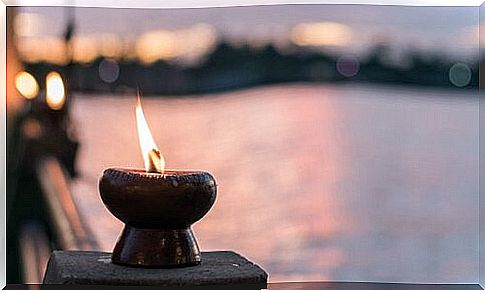
Recommendations for taking a silent retreat
First, it is advisable to start with a short retreat of 2 or 3 days. Above all, you need to be guided. The three retreats I did (7 days, 3 days and 10 days) were oriented. I started directly with a 7-day program that changed my life but could cause a degree of anxiety for many.
On the other hand, it is important to know the center, that is, look for references, try to find people who participated, consult the website, see who the teachers are… This information will give us guarantees about the place where the retreat will take place.
Another important aspect is to know that not all retreats are silent. Many are from meditative practices but do not require silence, although it is true that, somehow, perhaps unconsciously, people tend to talk less.
Now, it is essential to know that if we do a silent retreat, we may experience anxiety and discomfort for a few days. It’s a very normal phase. In this case, if we don’t know what to do, it is better to consult the teacher and he will give us the instructions to improve our situation. Above all, we shouldn’t be scared.
final comments
Many people tell me they would never do a silent retreat, but I would recommend the experience, even if it’s just a weekend. We spend a lot of money on whims, we invest a lot of time on empty tasks; what harm could come from investing a little money and time in something as beneficial as inner development?



